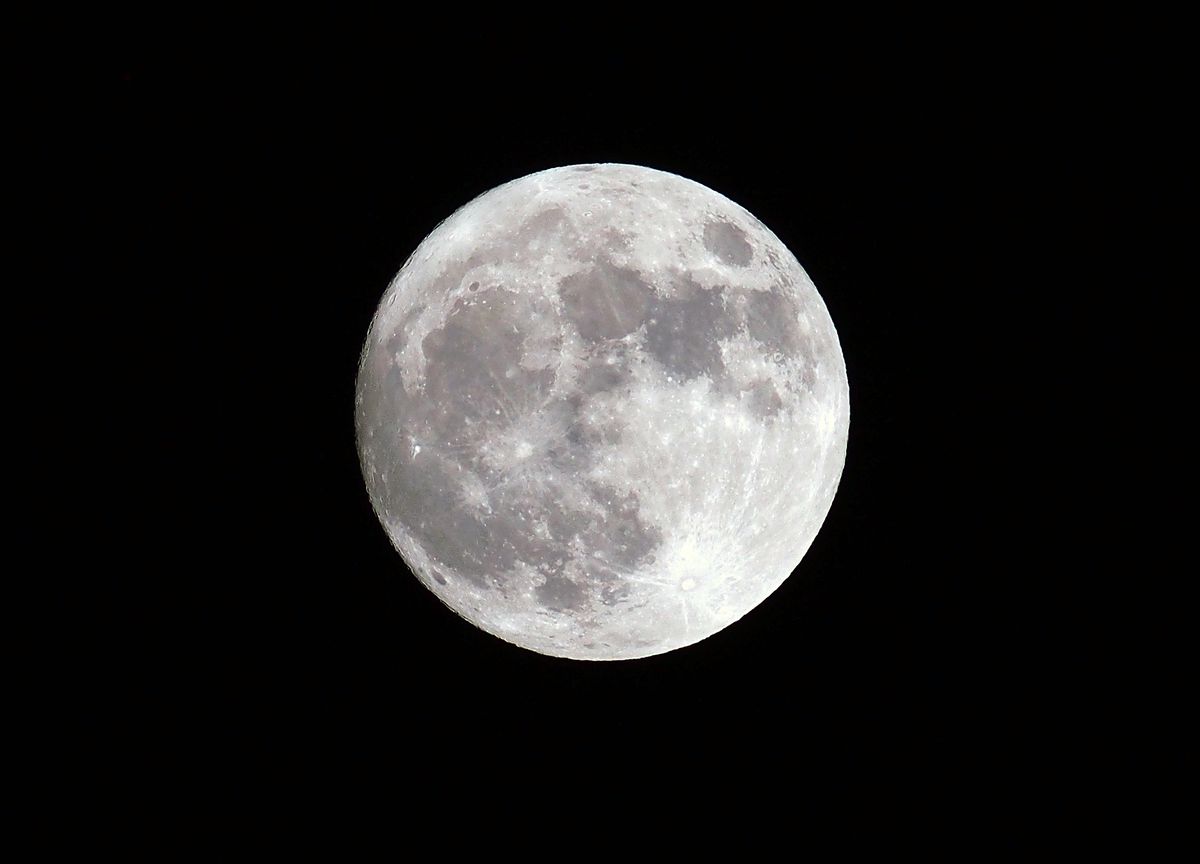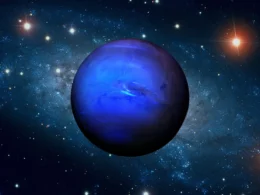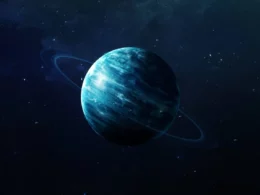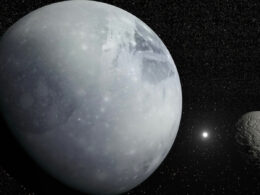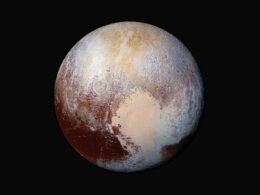A day on the Moon is a fascinating topic that has intrigued scientists and space enthusiasts for years. The Moon is Earth’s only natural satellite, and it is the fifth-largest moon in the solar system. It is also the largest relative to the size of its host planet, Earth. The Moon is an essential part of our solar system, and it has played a significant role in the history of our planet.
The length of a day on the Moon is unique compared to Earth. While a day on Earth is 24 hours, a day on the Moon is approximately 29.5 Earth days long. This is because the Moon rotates on its own axis while orbiting the Earth. The Moon is also tidally locked with Earth, meaning that the same side of the Moon always faces the Earth. This is why we only see one side of the Moon from Earth.
Lunar Timekeeping
Sidereal Day vs. Synodic Day
Timekeeping on the moon is a bit different from that on Earth. A sidereal day on the moon is the time it takes for the moon to complete one rotation on its axis with respect to the stars. The sidereal day on the moon is 27.3 Earth days long. On the other hand, a synodic day on the moon is the time it takes for the moon to return to the same position relative to the sun. This is slightly longer than a sidereal day because the moon is also moving in its orbit around the Earth. As a result, a synodic day on the moon is about 29.5 Earth days long.
Lunar Day Length
A lunar day is the time it takes for the sun to return to the same point on the moon’s horizon after the moon completes a new revolution around the Earth. A lunar day lasts for 29.5 Earth days. This means that the moon gets a little over two weeks’ worth of daylight followed by an equal amount of nighttime on every orbit.
The reason for the difference in the length of a lunar day compared to a synodic day is due to the moon’s orbit around the Earth. As the moon orbits the Earth, it is also rotating on its axis. However, it takes slightly longer for the moon to complete one rotation than it does to complete one orbit. As a result, the same side of the moon always faces the Earth, and the length of a lunar day is equal to the time it takes for the moon to complete one rotation relative to the position of the sun in the sky.
Physical and Observational Aspects of the Moon’s Day
Tidal Locking and Rotation
The Moon is tidally locked with the Earth, meaning that it takes the same amount of time to rotate on its axis as it does to complete one orbit around the Earth. This is why we always see the same side of the Moon facing us. The gravitational pull of the Earth has caused the Moon’s rotation to slow down over time until it became tidally locked.
Phases and Visibility
The Moon’s phases and visibility depend on its position relative to the Earth and the Sun. When the Moon is between the Earth and the Sun, it is in the New Moon phase and cannot be seen from Earth. As the Moon moves in its orbit, it becomes visible as a thin crescent, then a half-moon, and finally a full Moon. The Moon’s visibility also depends on its position in the sky.
Surface Conditions and Temperature
The lunar surface experiences extreme temperature variations due to its lack of atmosphere and slow rotation. During the lunar day, temperatures can reach up to 127°C (260°F) while during the lunar night, temperatures can drop to -173°C (-280°F). This is because the Moon’s rotation is slow enough that it takes about 29.5 Earth days for the Sun to rise and set on the Moon.
The lack of atmosphere on the Moon also means that there is no protection from the Sun’s radiation and micrometeoroids. As a result, the lunar surface is covered in a layer of fine dust called regolith that has been ground up by billions of years of meteorite impacts.
Frequently Asked Questions
What is the duration of a lunar day compared to an Earth day?
A day on the Moon lasts approximately 29.5 Earth days. This is the time it takes for the Moon to complete one rotation on its axis, which is the same amount of time it takes for the Moon to orbit around the Earth.
What is the length of a lunar night?
A lunar night is also approximately 29.5 Earth days long. This is because the Moon takes the same amount of time to rotate on its axis as it does to orbit around the Earth, resulting in the same side of the Moon always facing away from the Sun during the night.
How does the day/night cycle on the moon differ from Earth’s?
On Earth, the day/night cycle is caused by the rotation of the planet on its axis, which takes approximately 24 hours to complete. On the Moon, the day/night cycle is caused by the Moon’s rotation on its axis and its orbit around the Earth, resulting in a much longer day/night period.
What is the equivalent of one hour on the moon in Earth time?
One hour on the Moon is approximately equivalent to 29.5 Earth hours. This is because a day on the Moon lasts approximately 29.5 Earth days.
How many Earth days make up a year on the moon?
A year on the Moon is approximately equivalent to 12.4 Earth months. This is because the Moon takes approximately 29.5 Earth days to orbit around the Earth, resulting in 12.4 lunar months in one Earth year.
Why does the moon have such a lengthy day/night period?
The Moon has a lengthy day/night period because of its synchronous rotation with the Earth. This means that the same side of the Moon always faces the Earth, resulting in a longer day/night period than on Earth.

